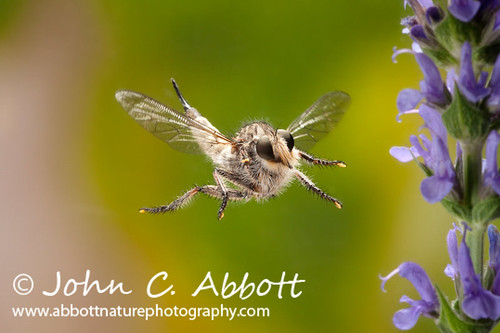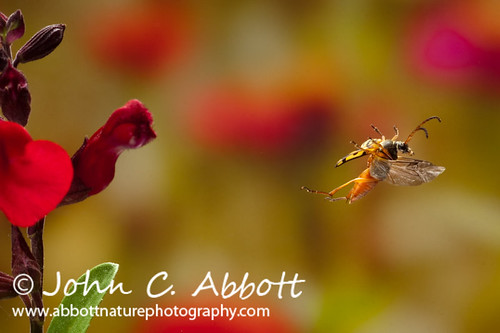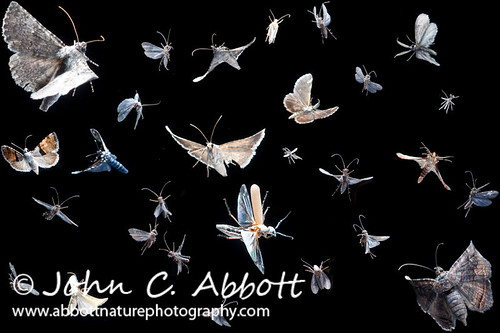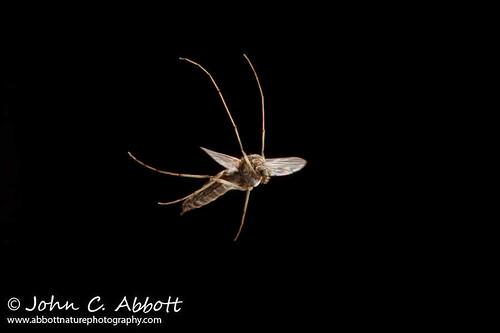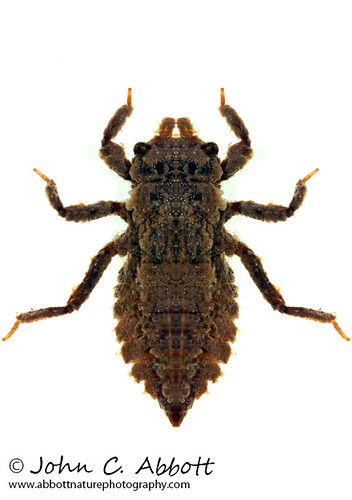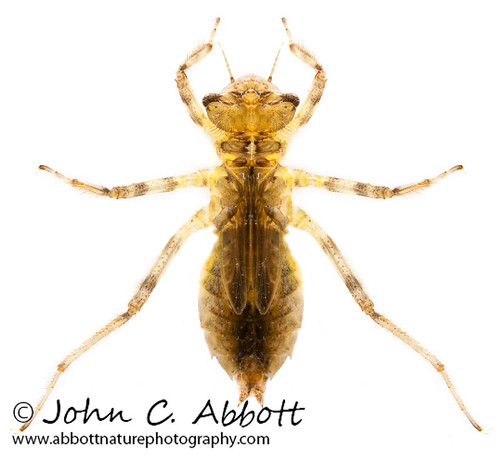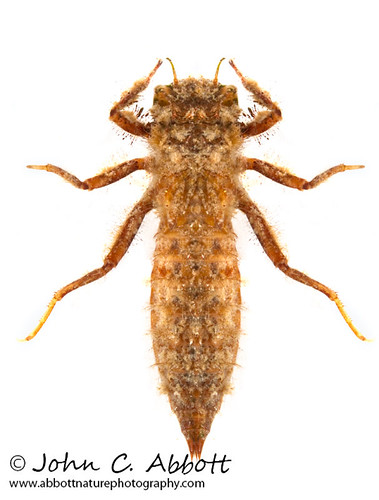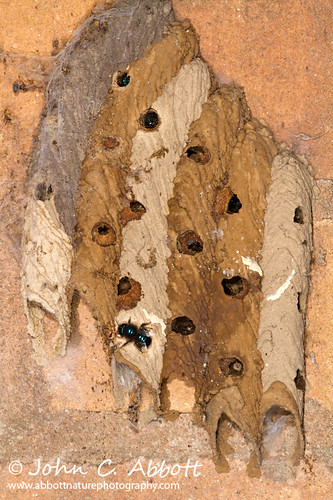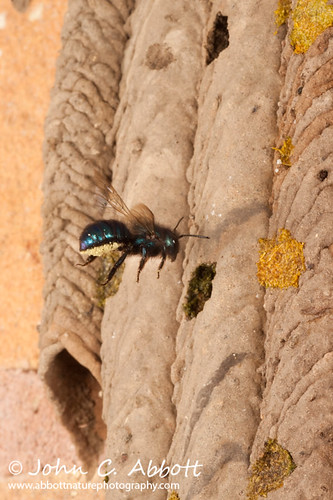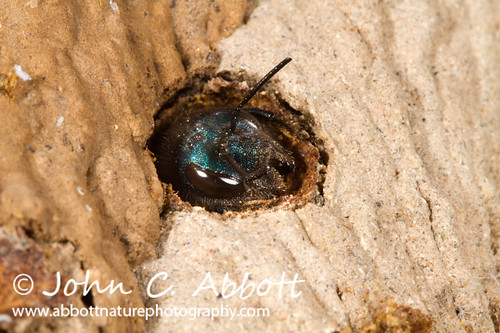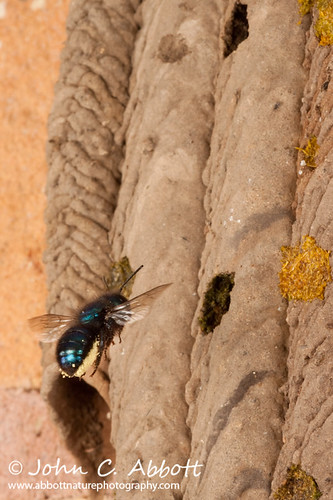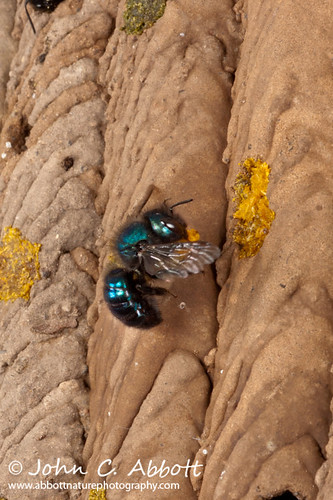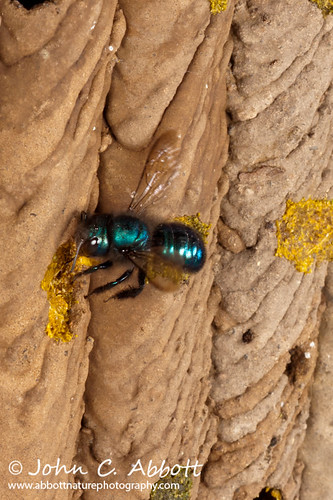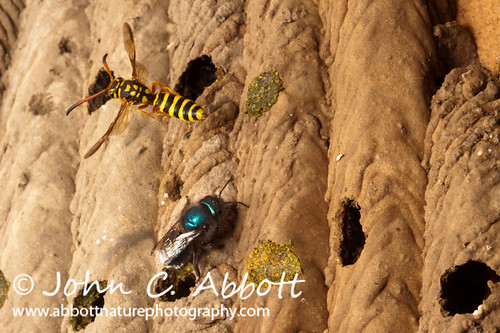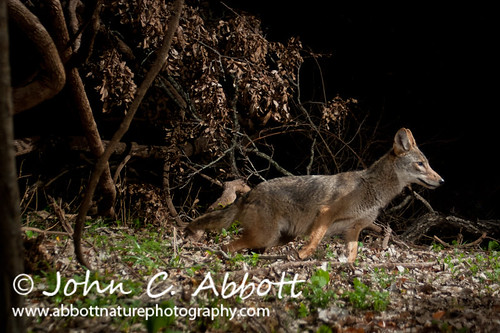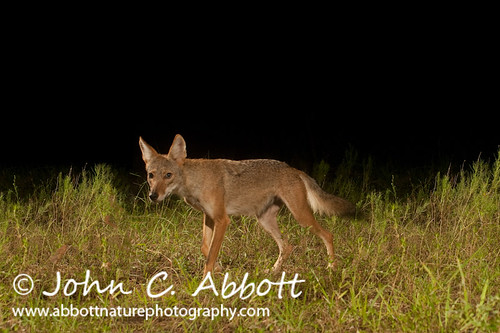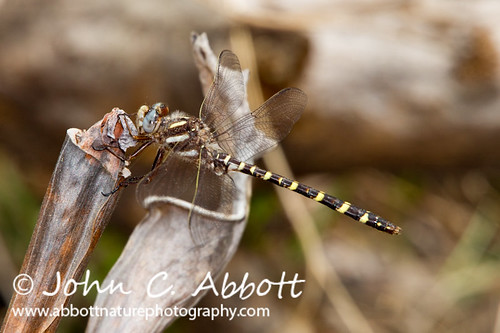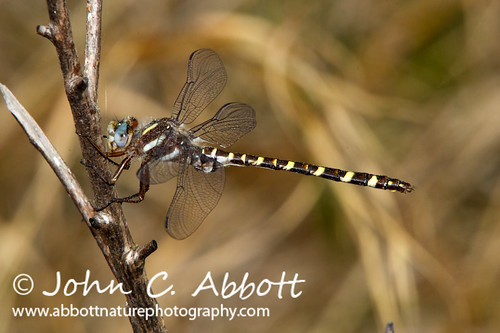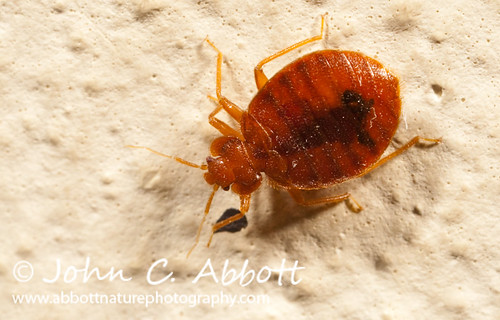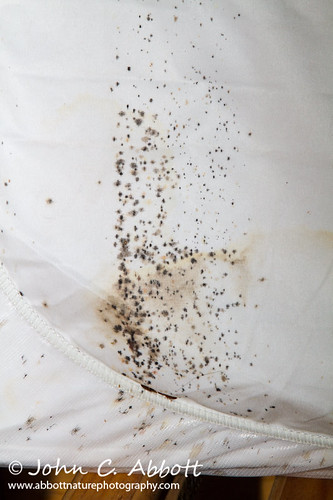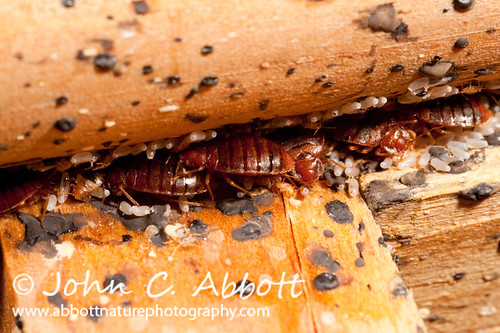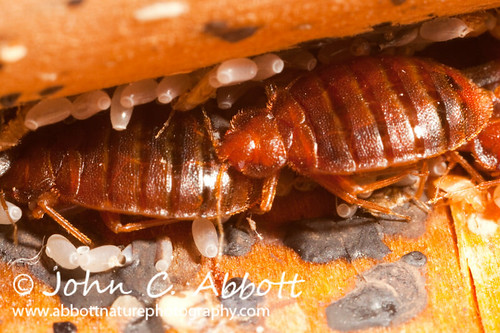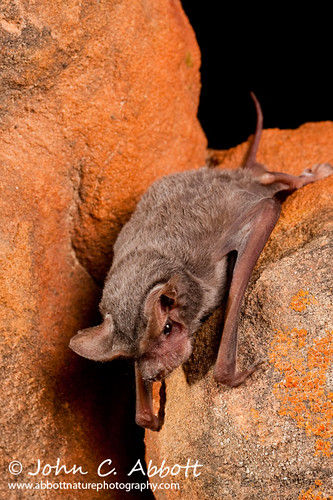
The Mexican Free-tailed or sometimes called Brazillian Free-tailed Bat (Tadarida brasiliensis) is a wide-ranging bat found throughout North, Central and South America. They get their name because of their long, prominent tail.
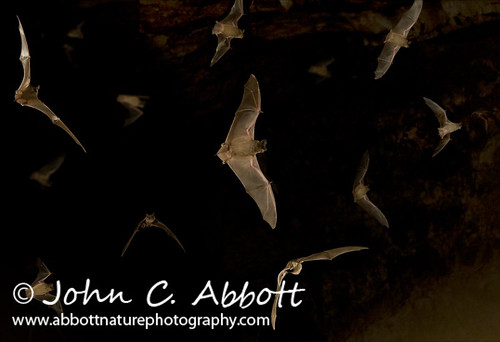
They can roost in a number of different places from buildings to trees, but they are probably best known for the large colonies they form in caves. The photo above was taken at the Eckert James River Bat cave owned by the Nature Conservancy. It is one of the largest bat nursuries in North America and his home to around 4 million bats throughout the summer. The emergences from this cave are quite impressive.
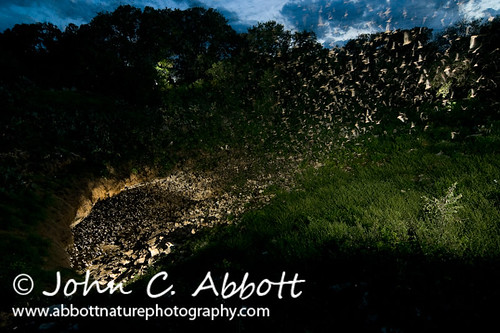
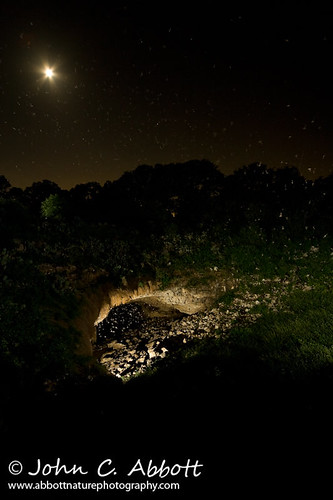
The two photos above were taken at Bracken Cave owned by Bat Conservation International. It is home to the largest bat colony in the world and is home to some 20 million Mexican Free-tailed bats that emerge every night throughout the summer. It is truly a spectacular phenomenon and I encourage anyone who has the opportunity to watch an emergence. They are so numerous when coming out of the cave that as they fly in a cyclone like pattern up and out of the entrance, some bats get pushed to the outside and are actually impaled on prickly pear cactus spines!


